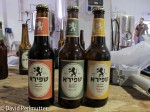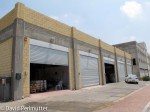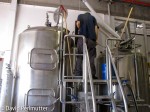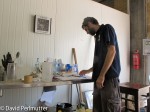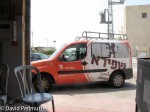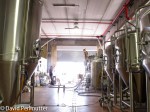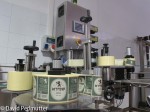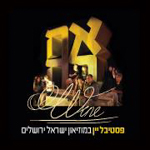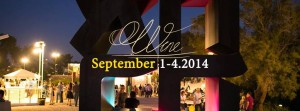Assaf Winery’s Shiraz Caesarea Reserve 2008
To be perfectly honest, I am not objective when it comes to Israeli Syrah/Shiraz wines. I believe that being at the southern fringe of the Northern hemisphere’s wine growing region gives the various Israeli terroirs a tremendous adventage with this Southern Rhone variety. This is a lovely Shiraz with a deep purple/garnet color, red berries and spices with a nice balance and long finish.
The late Daniel Rogov, who is sorely missed as Isreal’s leading wine critic, writing and scoring thousands of Israeli wines wrote tasting notes for this wine before it was released. His review appears in the Israel Wines website: Assaf, Shiraz, Caesaria, 2008 (Advance Tasting): Oak-aged for 20 months but showing a gentle influence of the wood, a full-bodied, round and soft wine, with a generous array of plum, wild berry and raspberry fruits, those supported nicely by notes of saddle leather and earthy minerals. Generous and elegant. Best from 2012-2017. Score 90. (Tasted 8 Nov 2010)
We tasted this wine at the new visitors’ center opened by Assaf Winery as the beginning of the Kedem family’s “Wine Village” to include the winery, a visitors’ center with tasting rooms, a gourmet restaurant and a Bed & Breakfast. The “Wine Village” is located next to Moshav Kidmat Tzvi on the Golan Heights, home to the Kedem family.
The New Visitors’ Center

The New Winery

Assaf Winery was founded by Assaf Kedem in 1997 after raising grapes for other vineyards since 1990. Assaf Kedem has served as the winemaker at other vineyards and currently provides laboratory services and consults other wineries. Recently Assaf’s son Oren has joined the winery as winemaker and manager.
Assaf and Oren Kedem

So What Makes the Shiraz Caesarea a “Killer Wine”?
Assaf Kedem named the wine “Caesarea” to honor his father who served for many years as a warrior for the Mossad‘s Casarea’s unit which is tasked with “planning and carrying out special operations beyond Israel’s borders”.

The Caesarea unit purchases Shiraz Casarea wine and reportedly gives everyone who finishes their training course a bottle. Bottles are also given as gifts from the unit as appreciation for help and services. And bottles are opened and members of the unit toast “Le’haim” , “To Life” following successful missions.
Casarea’s Appreciation to Assaf for His Father’s Service and the Wine

A big thanks to Assaf and Oren Kedem for a great wine. And a special great thanks to the unsung warriors of Caesarea who allow us to sleep better at night and make the world a better place by helping evil people meet their maker earlier than they planned.
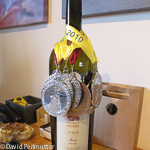






























 מק
מק


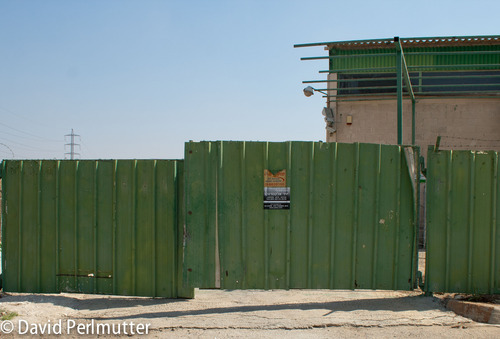
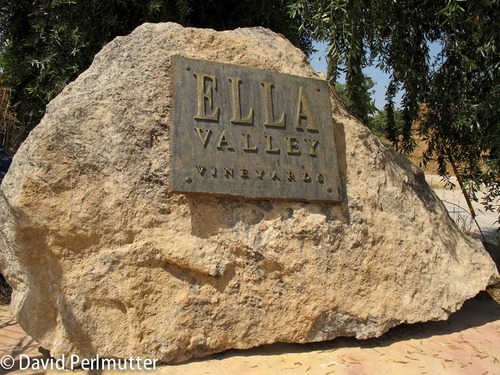
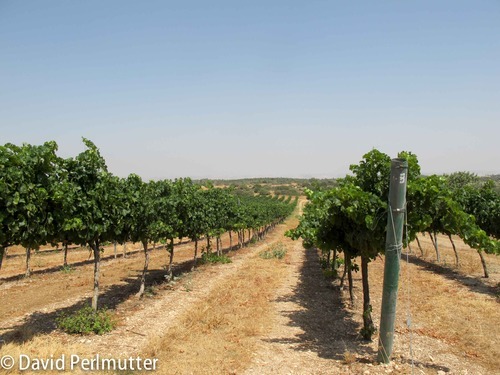
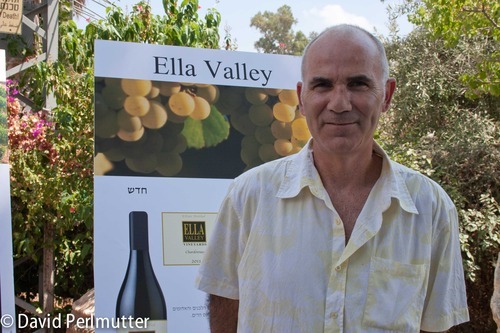
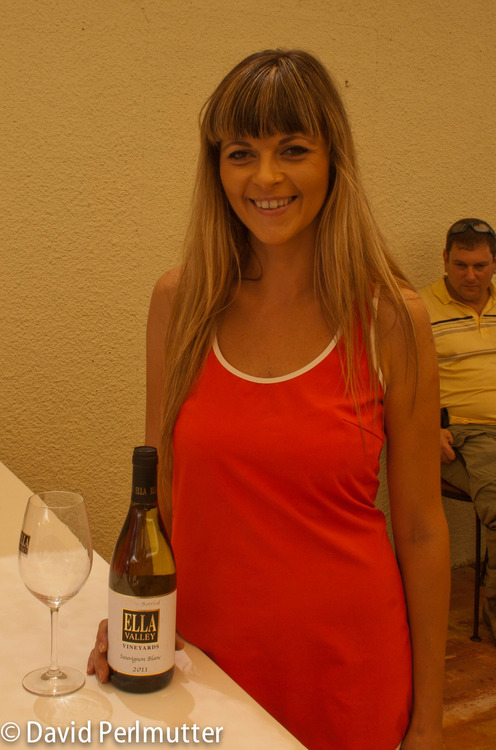


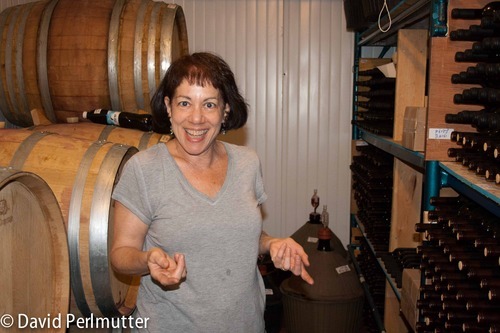
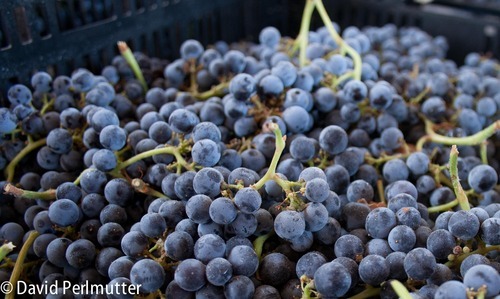

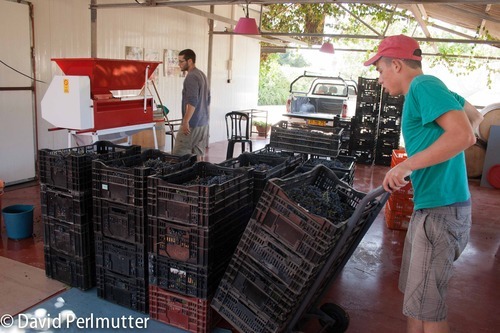


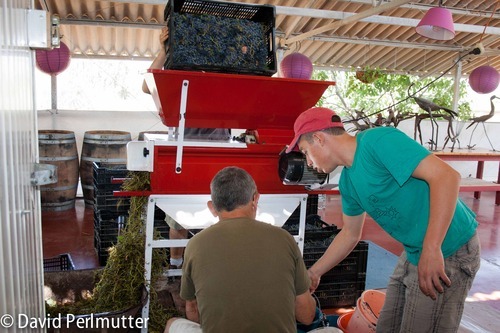


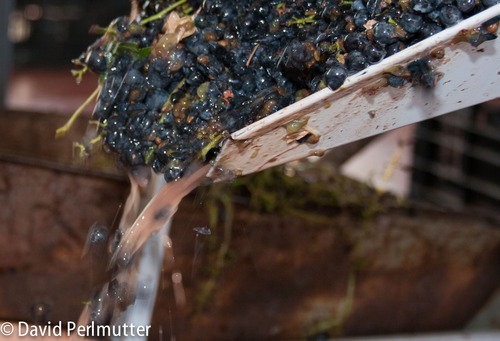




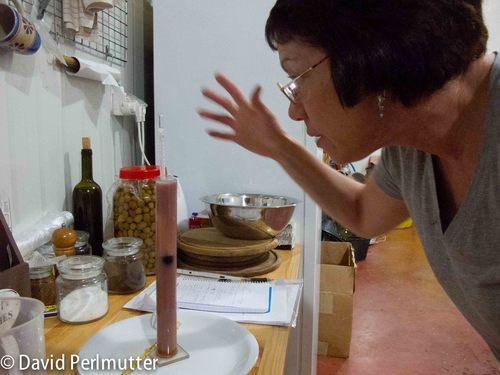

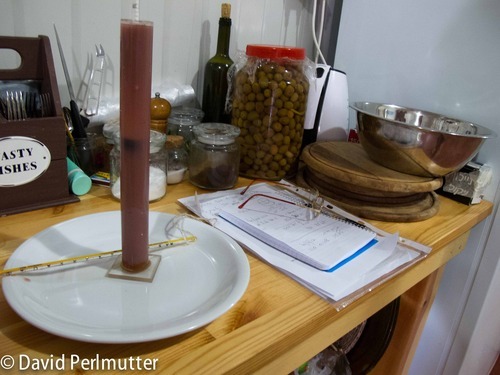

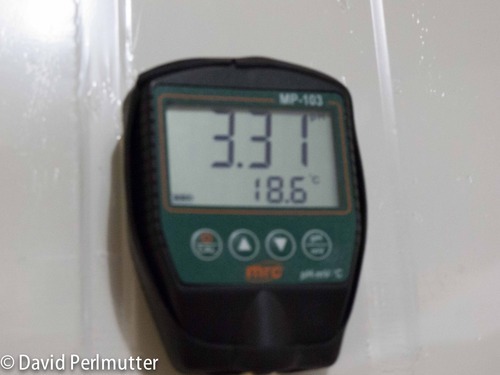
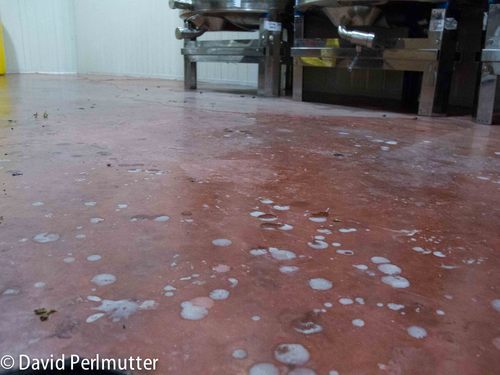
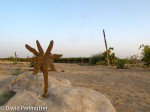
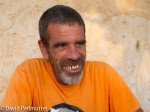
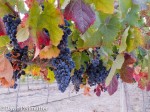
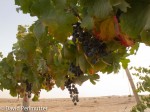












 i
i
